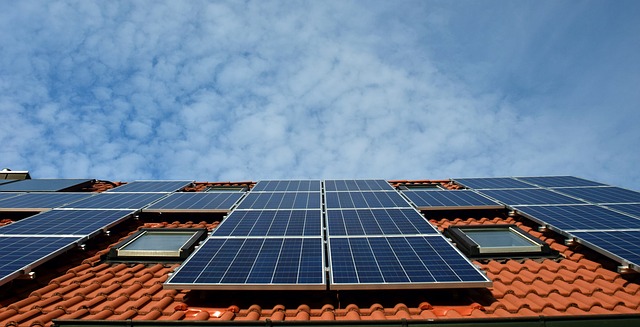Jonathan Tirone, Bloomberg
Renewable Energy World
Europeans can massively expand low-cost solar generation just by tapping the space over their heads.
That’s the conclusion of researchers who used satellite imagery, electricity prices and lending data to assess the untapped energy potential of Europe’s buildings. Rooftop area three times the size Luxembourg is available and could economically supply almost a quarter of the bloc’s power, according to a paper published in Elsevier’s October edition of Renewable and Sustainable Energy Reviews.

“Policies at country and regional level to exploit this potential can bring benefits for employment in the manufacturing, installation and operational sectors” while mobilizing people toward “achieving the EU’s transition to a low-carbon energy system,” wrote researchers led by Katalin Bodis of the European Commission’s Joint Research Center.
The overwhelming majority of Europeans support shifting to clean energy to halt climate change, but governments have struggled to find solutions. Germany, the bloc’s economic engine, expects to miss pledges it made to cut emissions despite record investments in solar and wind power.
Sluggish investment in upgrading power grids has created bottlenecks between regions that have deployed intermittent renewables and those that still rely on polluting fossil-fuel plants that run all the time.
The new research suggests that looking more closely at rooftop solar resources could help policy makers to plan more effectively, especially as an expected wave of electric vehicles enters the market and raises power demand.
“Rooftop systems can cover such an increased demand and if designed to produce electricity mainly for local consumption, side-effects such as grid congestion and dispatch cost will be avoided,” the researchers wrote.
There are about 7,935 square kilometers (3,064 square miles) of rooftops available in the bloc that could produce some 680,276 gigawatt-hours of electricity a year. The plunging cost of solar power, which has hit cost parity with traditional generation in many parts of the world, means electricity from rooftop panels could be economically priced, according to the report.
“The report could encourage governments to view support for rooftop solar as an easy political win, avoiding any tradeoffs between energy and land use and probably being popular with roof owners,” wrote Bloomberg NEF solar analyst Jenny Chase.
Until now, building owners have been wary of the high up-front capital costs of solar panels compared with the longer-term power returns measured over 25 years, she said.
Cyprus, Portugal, Malta, Greece and Italy have the highest solar potential, closely followed by France, Spain and Germany, according to the paper. Countries in eastern Europe lag because of barriers to installing solar on rooftops.
Solar power in Europe was on the docket for discussion at European Utility Week/POWERGEN Europe, which took place in Paris, November 12-14, 2019.